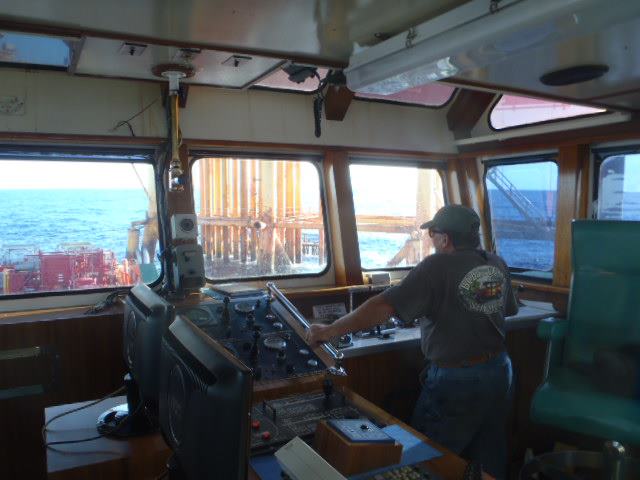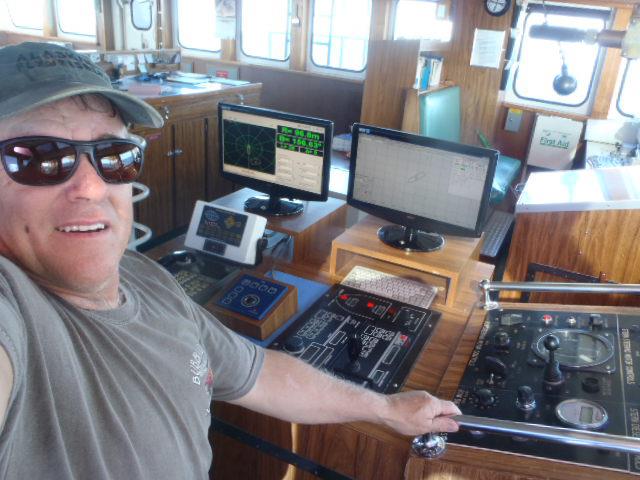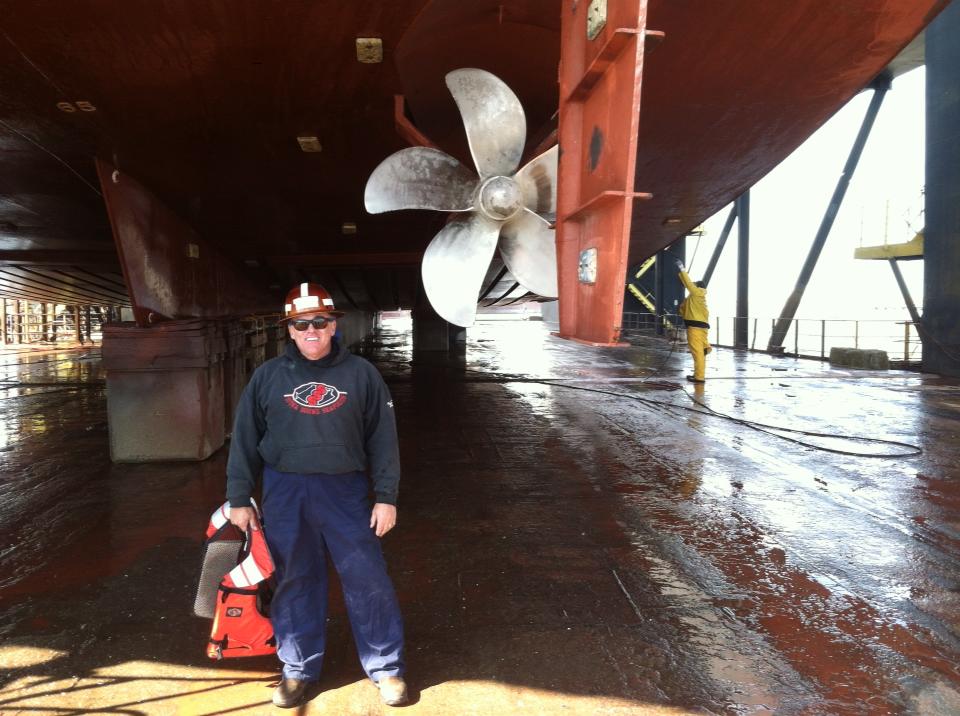When a vessel accident happens, do investigators really uncover the truth—or are they missing what matters most?
Every maritime accident tells a story. But too often, vessel incident investigations focus on the surface while the deeper causes go unnoticed. For lawyers, insurers, and shipowners, this can mean weak cases, repeated failures, and preventable losses.
So, why are the real causes of maritime incidents so often overlooked—and what needs to change? Let’s dive in.
The Numbers Don’t Lie
The number of vessel safety failures and investigation issues is bigger than many realize. Below are several critical, verified stats that show how often things go wrong—and how often investigators may be missing deeper causes.
Key Metric | Stat / Finding | What It Means |
U.S. Flag Fleet Inspections vs. Deficiencies (2023) | 20,647 inspections; 29,925 deficiencies identified across 17,577 U.S. flag vessels. | On average, about 1.45 deficiencies per inspection. Many vessels have multiple issues; safety lapses are widespread. |
Flag State Detentions (2023) | 38 vessels detained in the U.S. Flag State program in 2023 for serious substandard conditions. | Detentions happen when issues are severe enough to warrant taking vessels out of service until fixes are made. |
Reportable Marine Casualties (2023) | 1,821 reportable marine casualties involving 2,146 inspected vessels in 2023. | “Reportable” means significant accidents, injuries, or damages. These are events that might trigger investigations. |
Distribution of Deficiencies by Vessel Type | Passenger vessels: 11,535 inspections → 18,900 deficiencies (2.8 deficiencies per passenger vessel in 2023). | Passenger vessels, which carry people, tend to have slightly more deficiencies per inspection than many other types—raising safety risks. |
Role of Human Error in Maritime Accidents | Studies estimate 75%–96% of maritime accidents involve human error in some way. | Human factors (fatigue, poor training, miscommunication, etc.) are almost always part of the story—yet often under-examined in investigations. |
Why Surface-Level Answers Fall Short
Maritime accidents are rarely caused by just one factor. A vessel fire might start with faulty wiring, but was it truly just “equipment failure”? Or was it also inadequate maintenance logs, poor crew training, or missed Coast Guard safety checks?
When investigations stop at the first visible cause, they miss the chain of failures that truly triggered the incident.
Common Mistakes in Vessel Investigations
Even experienced teams can overlook key elements. The errors lead to boating accident reports that are technically correct but incomplete—and ultimately unhelpful. The most frequent common investigation mistakes include:
- Relying too heavily on witness testimony instead of technical evidence.
- Labeling something as “human error” without asking what created the conditions for the mistake.
- Failing to review inspection and maintenance records that highlight long-standing safety issues.
- Skipping proper marine forensic analysis, which can reveal hidden technical or mechanical flaws.
Root Maritime Accident Causes Analysis
Every marine safety investigation should go beyond “what happened” to uncover why it happened. Unfortunately, this is where many fall short. Here’s how incomplete investigations let root causes slip through:
Take these examples:
- Focus on the Obvious Trigger: For example, a crew member hits the wrong control. Investigators say “crew mistake.” But why? Was the control poorly marked? Was there fatigue? Was training insufficient?
- Insufficient Marine Forensic Analysis: Physical and electronic evidence (machinery logs, sensor data, materials) often get less attention. Without technical analysis, mechanical failures or systemic defects are missed.
- Lack of Human Factors Investigation: The role of human decision-making, fatigue, communication breakdown is often underexplored. Yet human error is cited in 75–96% of marine accidents.
- Weak or Missing Documentation: Logs, maintenance records, crew certifications—if these are incomplete or poorly maintained, investigators can’t see patterns (e.g. repetitive failures, repairs repeatedly done without full fix).
- Regulatory or Compliance Blind Spots: Sometimes investigators don’t fully examine whether the vessel meeting USCG or other compliance requirements, or whether those regulations were actually enforced, maintained, or understood.
How to Strengthen Vessel Incident Investigations
Getting Coast Guard investigations right requires a shift in mindset. To prevent maritime investigation failures, focus on:
- Comprehensive forensic analysis of equipment, logs, and digital data.
- Human factors review—training, fatigue, decision-making, communication.
- Thorough compliance checks against Coast Guard safety requirements.
- Pattern recognition by studying past maintenance and inspection records.
- Independent maritime experts who can spot details others miss.
Final Thoughts
Maritime incidents don’t happen in isolation—they’re the result of a chain of failures. If investigators only stop at the first visible cause, they miss the deeper truth. The stats are clear: the root cause vessel accidents involve human error, vessels show thousands of deficiencies each year, and safety risks are real. For lawyers, insurers, and vessel owners, this means one thing: never settle for incomplete answers.
Don’t let shallow investigations put your case or your crew at risk. At Short Maritime, we specialize in digging deep to uncover the real causes of vessel incidents. From marine forensic analysis to expert witness support, we give you the evidence and insights that matter. Contact us today and get the full story behind your case.






